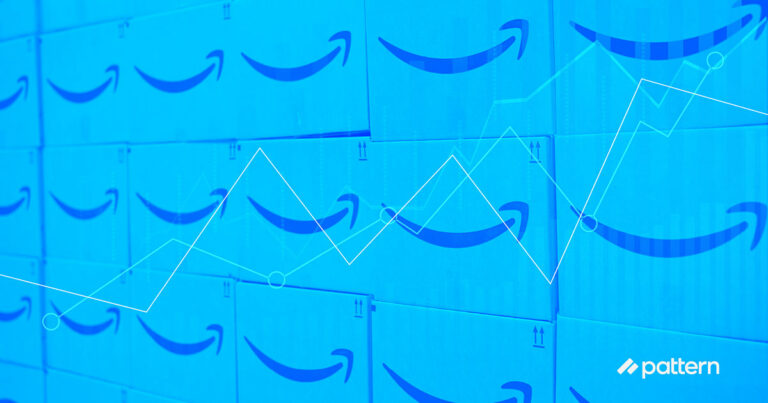In a recent ecommerce forecasts report from the Cleveland Research Company looking at Amazon over the next several years, the CRC saw several key changes occurring. Most notable of these changes is the continued shift toward 3P sales.
3P sales will likely account for nearly 70% of GMV for Amazon in four years, the CRC predicts.
Why the shift to 3P?
According to Digiday, Amazon has simply realized it can make more money by letting other people sell to customers on its marketplace, instead of selling to customers itself.
George Hatch, Director of Marketplaces at Pattern, explained other ways the shift is cost efficient. Shifting to a 3P marketplace shifts inventory risk to sellers and allows Amazon to reduce its inventory carrying cost, particularly for slower moving products, and allows Amazon to still guarantee speedy delivery to a customer through its own fulfillment service.
Hatch also suggested that since Amazon has the ability to charge short and long term storage fees on 3P inventory, it can gain additional profit without sacrificing inventory selection.
Creating more competition among 3P sellers
There’s also the idea of creating more competition among 3P sellers.
While the idea of 1P sales makes sense upfront—removing the inefficiencies and cost of a middleman—it hasn’t really worked out that way, Marketplace Pulse reports. Instead, the elimination of middlemen, and of the “friction” caused by them made some things more difficult, such as quality control.
Friction in the marketplace, caused by brand competitiveness and vendor vetting leads to better quality. It also helps to eliminate counterfeits and helps vendors know where to look when there is a problem with a product.
By selling products wholesale, Amazon ultimately relies on brands and consumers to look out for counterfeits, a system that can be difficult and frustrating to navigate. Shifting toward a majority of 3P sellers could go a long way in solving some of the problems that a “friction-less” 1P seller marketplace has created.
To complement the shift, Amazon is opening up more ecommerce features and capabilities to 3P sellers that were previously only available to wholesale vendors. Amazon is also allocating more resources, such as account management help, to 3P sellers, Digiday reports.
3P Benefits for sellers
For sellers, there are some obvious benefits to 3P, most of which have to do with control.
- 3P sellers control their pricing. 3P sellers can sell at retail prices instead of negotiating wholesale prices with Amazon, which can lead to higher profitability if brand visibility, inventory, and so on are managed well.
- 3P sellers have greater brand control. 3P sellers are in charge of brand presence and product information and have more flexibility to launch and test new products on Amazon.
- 3P sellers have great control over channel conflict. Since the 1P model gives price control to Amazon, which looks to give customers the best price possible, it may affect how your products sell on other platforms—if you’re selling a product on another marketplace for $50, for example, and Amazon is selling your same product for $15, you may get some angry phone calls about pricing strategy that can be avoided if you just control the price in the first place.
3P selling seems great, but if Amazon shifts to a majority 3P marketplace, creating more competition, it could negatively affect companies who don’t have good management and strategies in place. There are also fees required to have Amazon’s “assistance” in navigating their marketplace, and you also have to decide whether you want to take care of fulfillment yourself or have Amazon do it from one of their warehouses, another thing which can be costly.
To help you navigate this changing marketplace and make sure you and your company stay on top of the trends, whether you are shifting from 1P to 3P on Amazon or starting fresh with 3P, Pattern has resources to help you navigate 3P successfully, including these blog posts:
How to Successfully Navigate a 3P Presence on Amazon
How to Become an Amazon 3P Seller
Amazon 3P: Frequently Asked Questions and Things to Consider
Contact Pattern through the form below to find out how we can grow your sales through 3P on Amazon.



